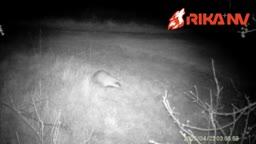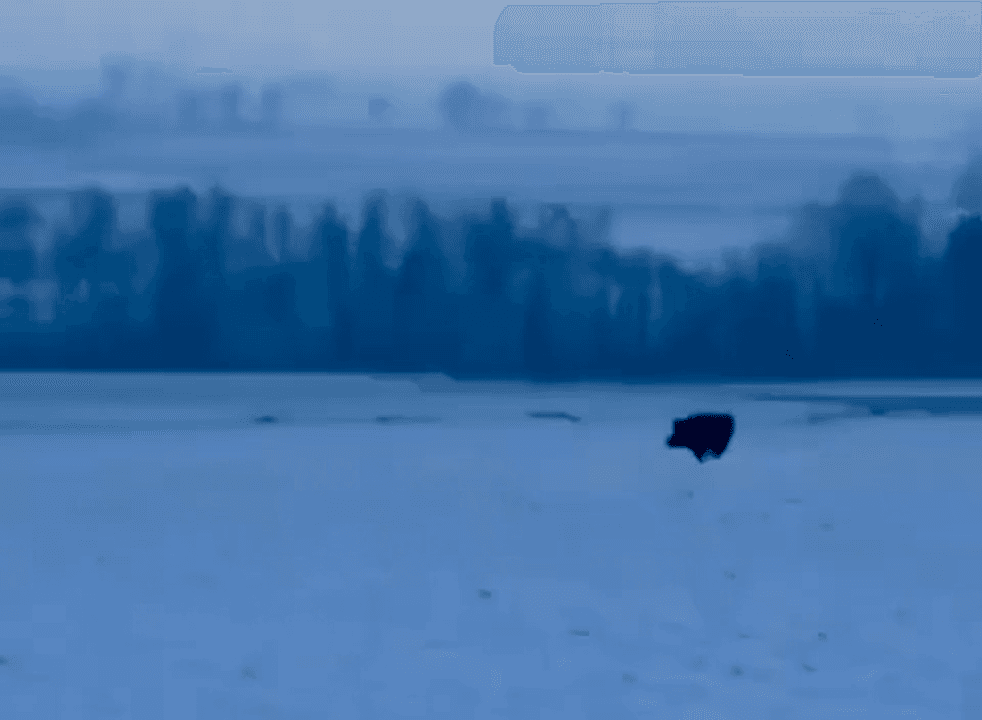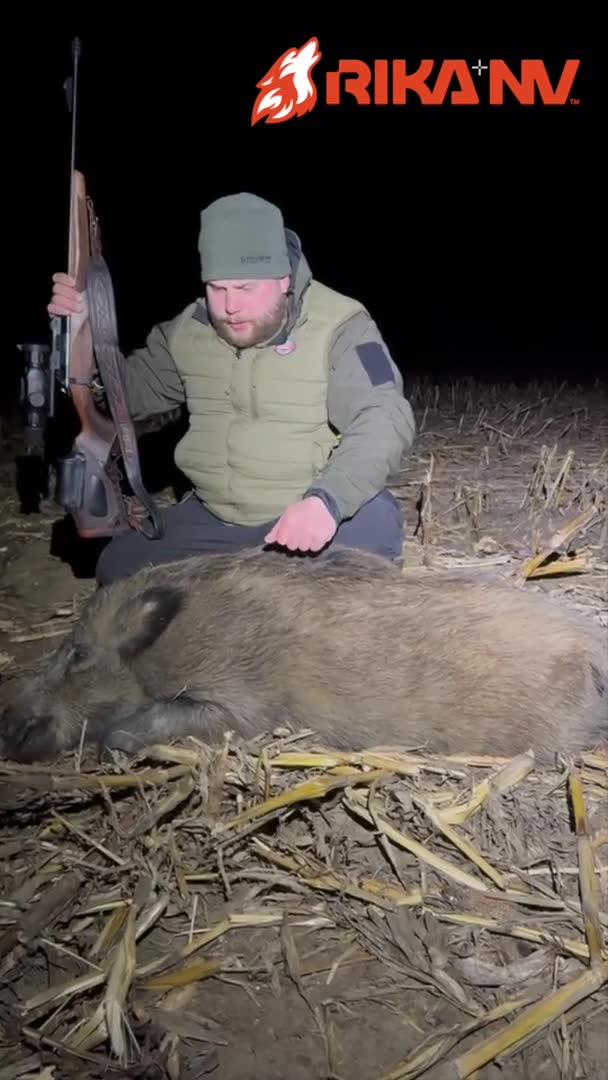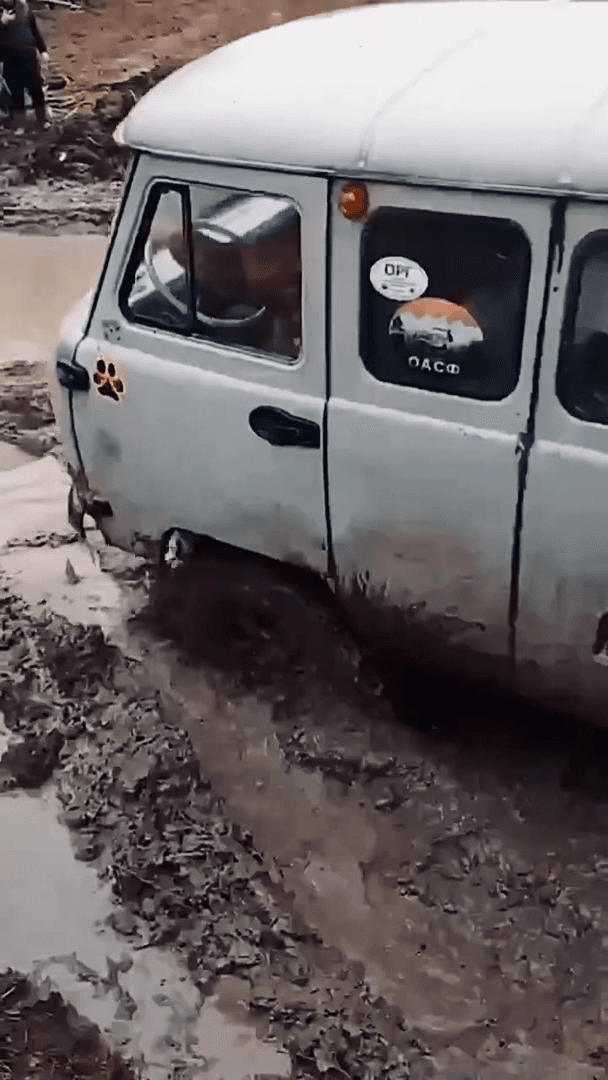
First Look: Garmin Xero A1i Pro Bow Sight Are you ready to take the next step in archery technology? Technological advancements in the hunting world continue to make hunters more successful. Jack O’Connor felt that one of the most significant advancements to hunting was the modern riflescope. It would be interesting to hear what Mr. O’Connor would have to say today about modern optics. The optics community has snowballed and includes all aspects of the archery world. Fred Bear shot a 65-pound recurve bow, inspiring generations of archers to take up the sport. Bear’s early videos made hunting with a bow adventurous and appealing. Many archers still embrace the basics and shoot instinctively. However, there are modern advancements that allow archers to be more successful. The advent of the compound bow was a huge step. Moving from brass pins to fiber-optic sights showed a clear advantage—carbon arrows overtook the established aluminum arrow market. Speed ratings for bows continue to c
Post: 27 October 20:19












































